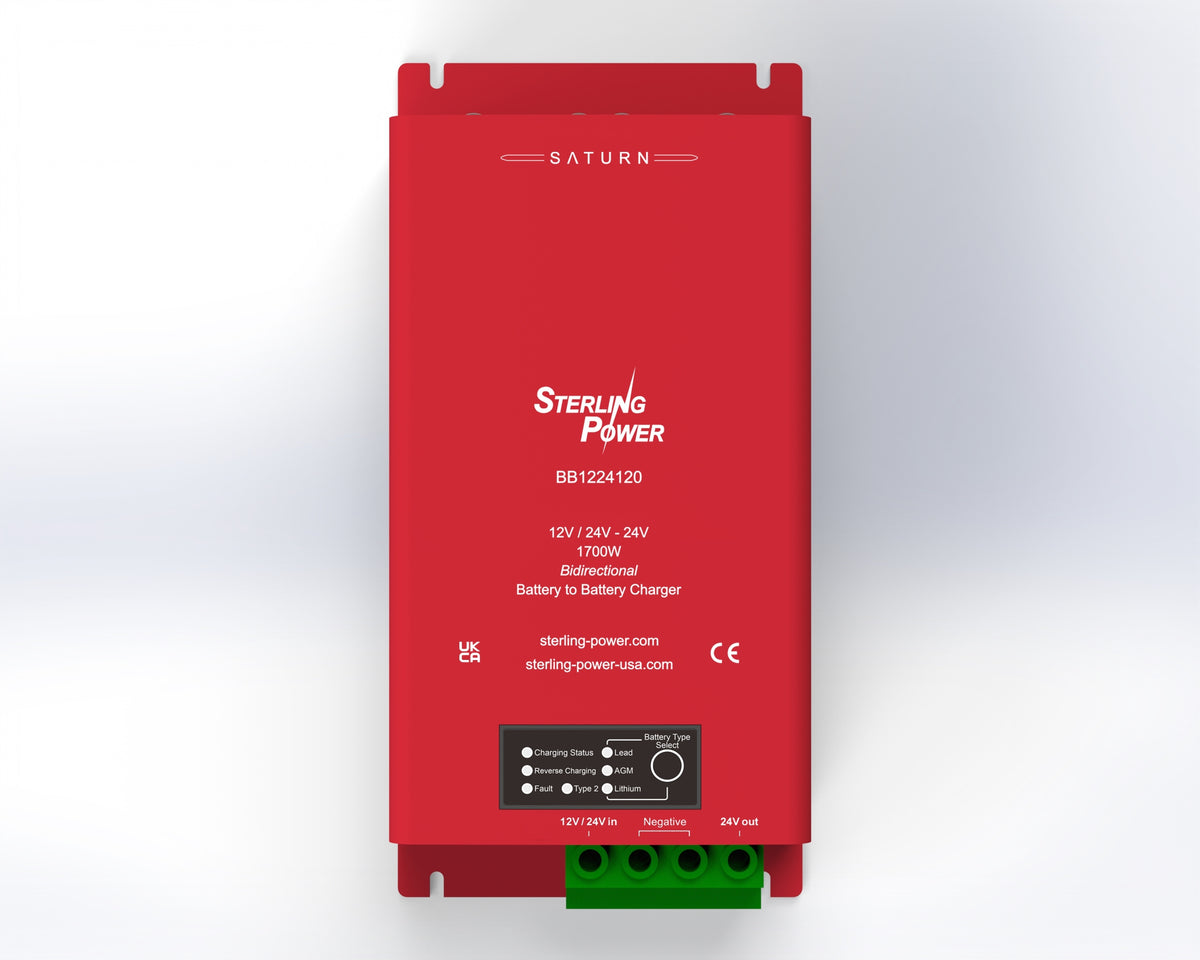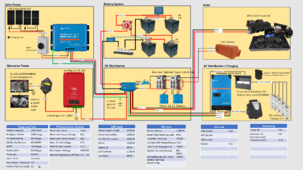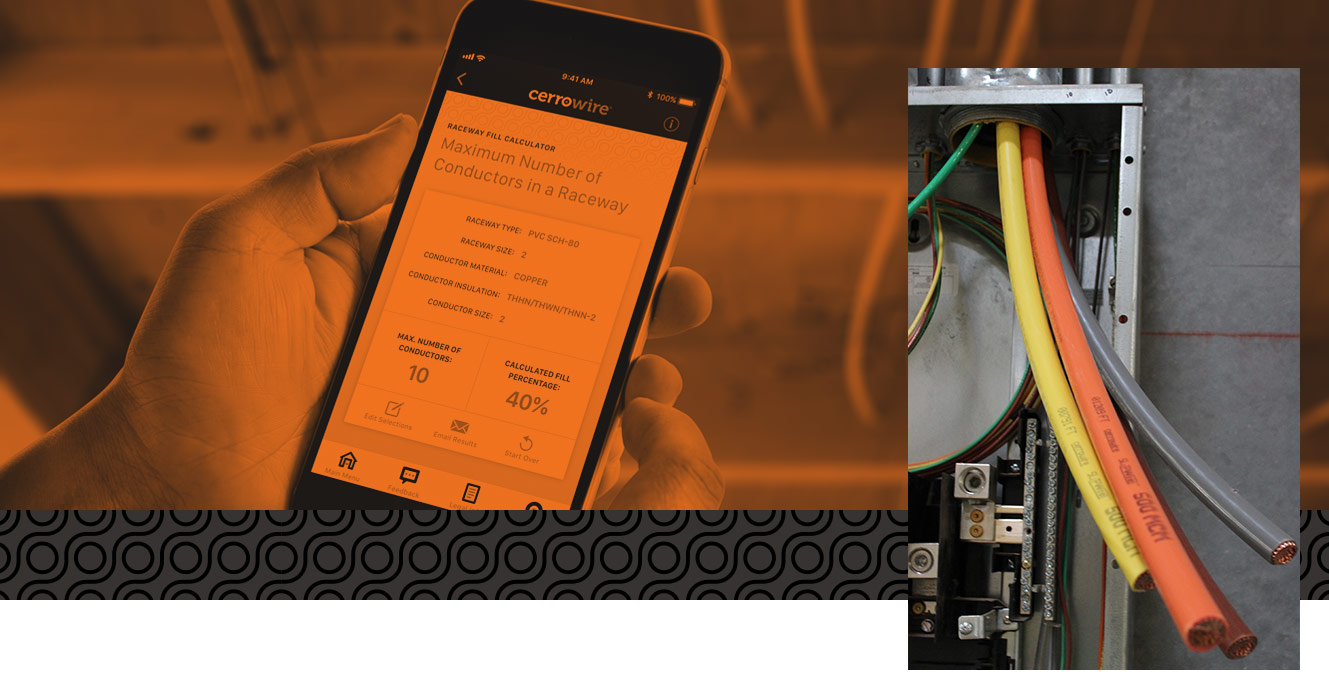chicagoandy
New Member
Hello, I'd love to get some opinions on the following electrical system for my Ford Transit, High Roof Extended Wheelbase.
Key usage pattern will be "Family adventure wagon", with a Sleep4/Seat4 configuration. Long road trips primarily in the SouthEast and SouthWest, but also Canada and the far-north.
Key electric Loads:
1. Air Conditioning. 24v UndermountAC Minisplit. 16,000BTU. Pulls 1,100 Watts on high.
2. Water Heater. 120V Bosch 4 Gallon Hot Water tank. 1440 watts @ 120V
3. Fridge - Isotherm Cruise 195. 4 amps @ 24V.
4. Microwave Oven: GE Combo Convection/Broiler/Microwave: 1050 watts @120V
5. Induction Cooktop: TBD. Two burners @ 1800 watts.
6. Radiant Heat Flooring: 24V Heating Film 50cm wide 130W/m² 3m = 195 watts
7. Starlink 24V ~70-80 watts
Other standard loads including lights & chargers.
Batteries
4X 12v 280AH, 13,440 Watt Hours
2S2P, 24V
SOK Heated: https://www.us.sokbattery.com/product-page/12v-280ah-lithium-battery-built-in-heater-and-bluetooth
1 Victron Battery Balancer
Solar:
4X Rich Solar 250 watt panels
2P2S
1,000 watts.
Charge Controller: Victron SmartSolar 50/100
Charger/Inverter: Multiplus II 3Kva 24V
Shorepower: Standard 30Amp connection
Alternator Charging:
Dual Ford Alternators
Dual Ford Batteries
Sterling "Saturn" 12V to 24V 120A Input | 60A output
Connected via CCP (170amp Max)

 sterling-power.com
sterling-power.com
12V Stepdown:
Victron Orion 24V to 12V converter.
CerboGX, a rasberri Pi for HomeAssistant.
I expect most charging will be done via Alternator and Solar, with infrequent opportunities for shorepower.
Does any of this feel grossely mismatched?
Key usage pattern will be "Family adventure wagon", with a Sleep4/Seat4 configuration. Long road trips primarily in the SouthEast and SouthWest, but also Canada and the far-north.
Key electric Loads:
1. Air Conditioning. 24v UndermountAC Minisplit. 16,000BTU. Pulls 1,100 Watts on high.
2. Water Heater. 120V Bosch 4 Gallon Hot Water tank. 1440 watts @ 120V
3. Fridge - Isotherm Cruise 195. 4 amps @ 24V.
4. Microwave Oven: GE Combo Convection/Broiler/Microwave: 1050 watts @120V
5. Induction Cooktop: TBD. Two burners @ 1800 watts.
6. Radiant Heat Flooring: 24V Heating Film 50cm wide 130W/m² 3m = 195 watts
7. Starlink 24V ~70-80 watts
Other standard loads including lights & chargers.
Batteries
4X 12v 280AH, 13,440 Watt Hours
2S2P, 24V
SOK Heated: https://www.us.sokbattery.com/product-page/12v-280ah-lithium-battery-built-in-heater-and-bluetooth
1 Victron Battery Balancer
Solar:
4X Rich Solar 250 watt panels
2P2S
1,000 watts.
Charge Controller: Victron SmartSolar 50/100
Charger/Inverter: Multiplus II 3Kva 24V
Shorepower: Standard 30Amp connection
Alternator Charging:
Dual Ford Alternators
Dual Ford Batteries
Sterling "Saturn" 12V to 24V 120A Input | 60A output
Connected via CCP (170amp Max)

12V|24V to 24V 120A input | 60A output Battery to Battery Charger w/ reverse charging feature
12V|24V to 24V DC to DC Chargers 120A input and 60A output model - E-Marking | BB1224120 Auto detects either 12V or 24V input. Remote control BBR - Optional remote - Buck Boost design, offering high efficiency (95-98%)- Simple installation and setup- Current limiting 4 stage battery charger-...
 sterling-power.com
sterling-power.com
12V Stepdown:
Victron Orion 24V to 12V converter.
CerboGX, a rasberri Pi for HomeAssistant.
I expect most charging will be done via Alternator and Solar, with infrequent opportunities for shorepower.
Does any of this feel grossely mismatched?




